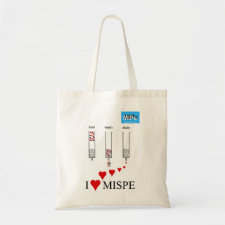
Authors: Bing NC, Xu ZL, Wang XJ, Yang ZG, Yang H
Article Title: Recognition properties of poly(vinylidene fluoride) hollow-fiber membranes modified by levofloxacin-imprinted polymers.
Publication date: 2007
Journal: Journal of Applied Polymer Science
Volume: 106
Issue: (1)
Page numbers: 71-76.
DOI: 10.1002/app.26428
Abstract: Through the use of thermal polymerization, poly(vinylidene fluoride) (PVDF) hollow-fiber membranes modified by a thin layer of molecularly imprinted polymers (MIPs) were developed for the selective separation of levofloxacin. To demonstrate the changes induced by thermal polymerization, PVDF hollow-fiber membranes with different modification degrees by repeated polymerization were weighed. The total weight of the imprinted membranes increased by 14 μg/cm2 after a five-cycle polymerization. An increase in the membrane weight indicated the deposition of an MIP layer on the external surface of PVDF hollow-fiber membranes during each polymerization cycle, which was also characterized by scanning electron microscopy. MIP membranes with different degrees of surface modification provided highly selective binding of levofloxacin. Both hollow-fiber MIP membranes and nonimprinted membranes showed enhanced adsorption of levofloxacin and ofloxacin gradually with an increase in the modification degrees of PVDF hollow-fiber membranes to a maximum value followed by a decrease. These results indicate that thermal polymerization indeed produces an MIP layer on the external surface of PVDF hollow-fiber membranes and that it is feasible to control the permeability by repeated polymerization cycles. Different solvent systems in the permeation experiments were used to understand the hydrophobic interaction as one of the results of the binding specificity of MIP membranes. Selective separation was obtained by multisite binding to the template via ionic, hydrogen-bond, and hydrophobic interactions. © 2007 Wiley Periodicals, Inc. J Appl Polym Sci 2007
Template and target information: levofloxacin
Author keywords: chiral, membranes, separation techniques



Join the Society for Molecular Imprinting

New items RSS feed
Sign-up for e-mail updates:
Choose between receiving an occasional newsletter or more frequent e-mail alerts.
Click here to go to the sign-up page.
Is your name elemental or peptidic? Enter your name and find out by clicking either of the buttons below!
Other products you may like:
 MIPdatabase
MIPdatabase









